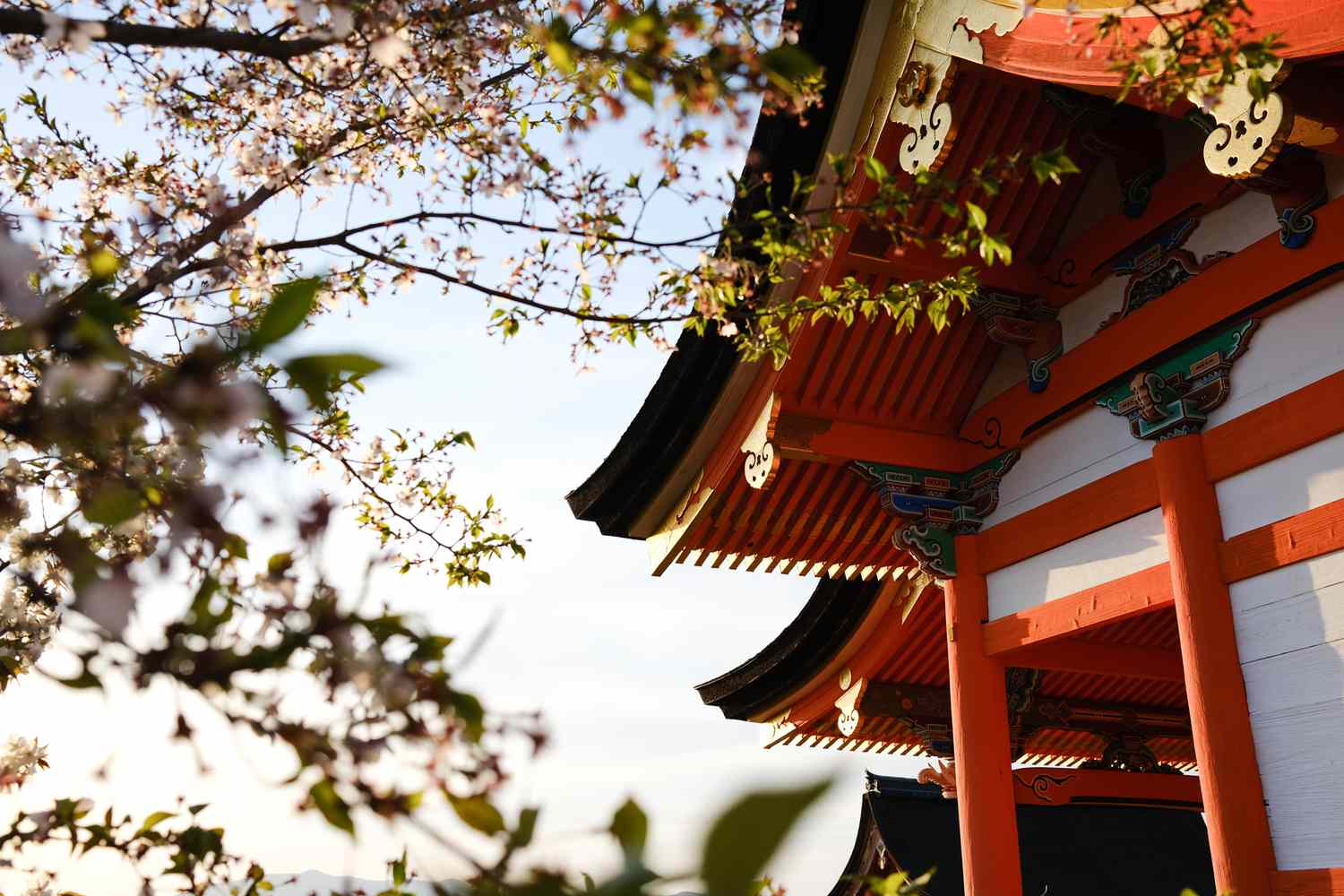Japan is a hot destination right now, with a record number of visitors in 2024: nearly 37 million, breaking the previous 2019 record of 33.4 million. The full easing of pandemic-related restrictions, along with a weak yen (151 JPY to the USD at the time of writing) has made Japan an attractive destination for visitors, whether it’s their first or 15th trip to the archipelago.
However, costs can still rack up quickly, with flight tickets being among the top expenses. With some smart planning, it won’t be hard to lock in a deal that gets your trip off to a great start.
Factors That Impact Flight Prices
There are a host of factors that come into play when considering flight prices, says Laura Lindsay, Skyscanner’s global travel trends expert. “Factors like route popularity, seasonality, competition with other airlines to a destination, fuel costs, aircraft type, ancillary fees, and booking class all influence airline ticket costs,” Lindsay tells Travel + Leisure. “But most importantly, supply and demand.”
You’ll want to consider periods when many other people have vacations in your locale, like late December/early January, and school holidays like spring and summer break. In Japan, the new year holiday is a period of high domestic travel, and Golden Week (late April/early May) sees both domestic and overseas travel originating in Japan. Additionally, events like the cherry blossom festival in spring, and the World Expo in Osaka, can have an effect on prices.
Daniel Gorostieta/Travel + Leisure
Cheapest Times to Fly
The cheapest months to fly varies based on both your origin and destination cities. Skycanner shared flight data for this year with average pricing across the month, and in general, the cheapest tickets this year are in the spring and fall.
For example, from NYC to Tokyo, flights start at $784 in March and $843 from September to December. From NYC to Osaka (KIX), March, September, and October are all in the mid $800s.
Flights from the West Coast are even less. From LAX to Tokyo, March and August start at $542, while September is $592; LAX to Osaka will run in the mid $600s in March and May, and from $678 from September to November.
Tips for Finding Cheap Flights
First, travel the opposite way of the crowd.
“Around major events or holidays, timing your flight can help you secure the best deals,” says Lindsay. Need to travel during a holiday? Consider where everyone else is going, and then go somewhere else.
Activate price alerts.
You know where you want to go and when. The next step is turning on price alerts. “Once you’ve selected your destination and travel dates, Skyscanner continuously monitors flight prices and sends you notifications when there’s a drop, helping you pounce on the perfect deal at the right moment,” says Lindsay.
Explore alternative destinations.
If you have some flexibility with your destination, you may be able to score a deal and check out a lesser-known (and much less crowded) part of the country. “For example, explore Fukuoka or Sapporo in Japan instead of Tokyo,” says Lindsay. Plus, the country’s excellent transit system makes it easy to move between cities once you’ve arrived. The same can be said about the origin airport: If you’re flexible about the possibility of using nearby airports, you may be able to save a bundle.
Be flexible with travel dates.
When your travel schedule isn’t set in stone, it’s much easier to find cheaper flights. “Adjusting your travel days, such as flying on a Tuesday or during off-peak seasons, can further help you achieve significant savings on both flights and accommodations,” says Lindsay. Make sure to check for local holidays and festivals at your destination to ensure accommodations won’t be booked up and cancel out your flight savings.
Manorath Naphaphone/Travel + Leisure
Other Ways to Save Money on Your Trip
In addition to saving money on flights, exploring other regions means you’ll likely save on accommodations and incidentals. There’s so much to see in Japan, but people often stick to the Golden Route of Tokyo-Kyoto-Osaka. Many of Japan’s second cities are just as charming, and an order of magnitude less crowded than the tourist favorites. You’ll find hotel prices reflect that disparity of visitors, which is only good news for your wallet.
Consider rail passes if you’re considering moving around a lot. Prices have gone up on these tickets, but they’re still a good deal if you’re planning to do lots of traveling in a short time. If you prefer to explore a smaller area or do a number of day trips, regional rail passes are a fair bit cheaper than the national option. Many cities also offer transit day passes if you expect to ride several times.
Beware of major holidays and festivals. If you’re planning to attend a big event, like the Sapporo Snow Festival, the Aomori Nebuta Festival, the Gion Matsuri, or similar, book your accommodation as soon as possible. Some areas get booked out months in advance, and prices on the few remaining rooms surge.
Food, in general, is of high quality, and many everyday joints are downright affordable. Skip the TikTok sensations and look for noodle shops and mom-and-pop restaurants for cheap and cheerful meals on a budget. Convenience store food is also affordable, with freshly made bentos stocked several times a day at the cost of only a few hundred yen and with an in-store microwave for instant gratification.


